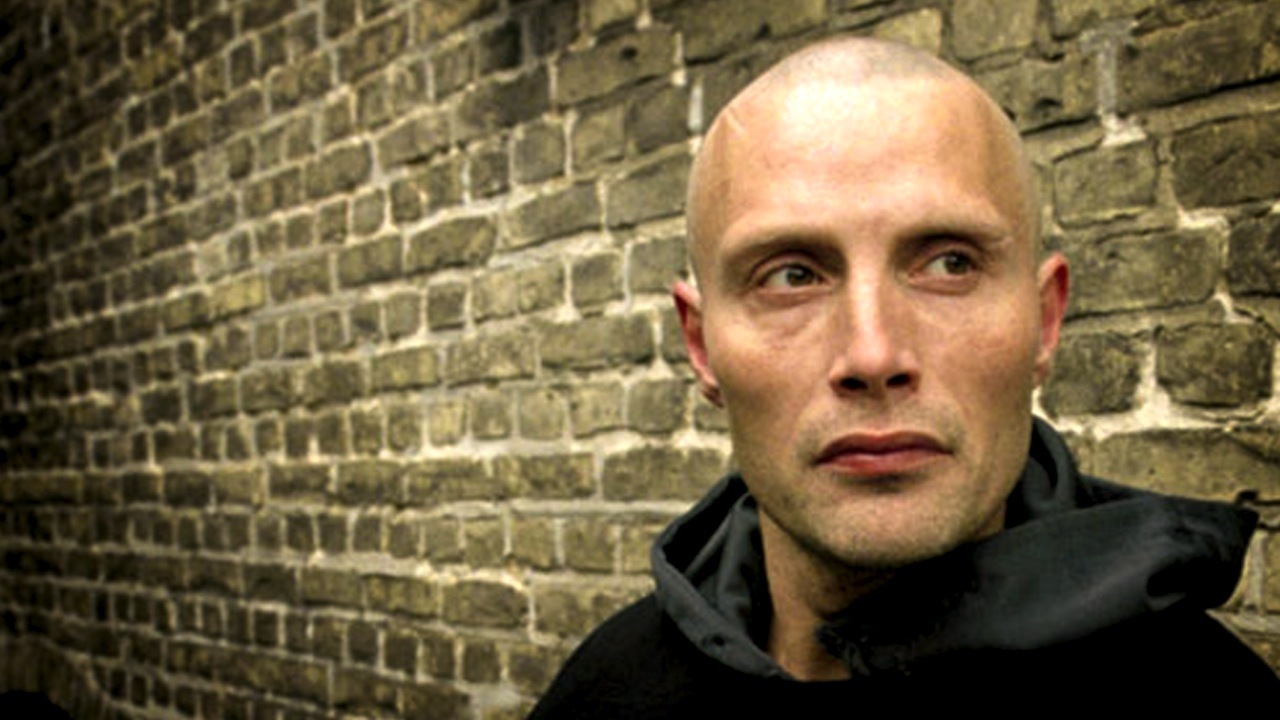
One of the most influential American directors of all time, Martin Scorsese has left an incredible mark upon popular culture. Growing up in the Little Italy district of Lower Manhattan, he became a keen chronicler of Italian-American life through films such as Look Who’s Knocking at My Door, Italian-American, Raging Bull, Mean Streets and Goodfellas.
Perhaps best known for his depictions of gangster life, his films deal predominantly with themes of religion and masculinity, unafraid to be violent in pursuit of a higher truth. His style, especially in Goodfellas, Casino, The Departed and Wolf of Wall Street, is so energetic and well recognised that it is even easy to parody. As a result of this deeply personal yet accessible style, he has influenced a wide swathe of directors, both in New York and USA and across the entire world.
He is also one of the world’s biggest cinephiles, as seen in his documentaries My Voyage To Italy and A Personal Journey with Martin Scorsese Through American Movies. His influences are wide and far-reaching; spanning from the very early days of cinema (as seen in his film Hugo) to the ascetic arthouse cinema of Ingmar Bergman and Robert Bresson.
In honour of his incredible filmography, we have assembled ten films to watch if you are a fan of Martin Scorsese’s work. Spanning from his collaborators and mentors to directors directly inspired by and even paying homage to his work, this list is the ultimate guide to Scorsese-esque cinema. Read on below to see what we have picked. If you disagree with anything, or think we missed something major, sound off in the comment section below!
1. Through a Glass, Darkly (Ingmar Bergman, 1961)
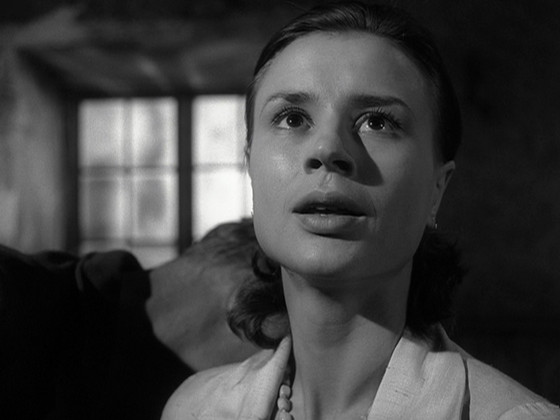
Before Martin Scorsese became a director, he seriously considered becoming a priest. He even attended a preparatory seminary before failing in his first year. Yet through his films, especially works like The Last Temptation of Christ, Kundun and Silence, he has used his inquisitive faith to really explore what it means to be a man committed to and challenged by his faith.
One director that had a direct influence on this religious cinematic journey was Ingmar Bergman. As he says, during the 50s, if you were “a teenager on your way to becoming an adult, and you wanted to make movies, I don’t see how you couldn’t be influenced by Bergman”.
Through a Glass, Darkly, the first film in Bergman’s Silence of God Trilogy, is a great primer into the religious aspect of Bergman’s work. It takes place on the Swedish auteur’s native island of Faro. It tells the story of a dysfunctional family taking a vacation, and a younger schizophrenic woman who believes she sees God in the form of a spider.
As the title suggests, Bergman believes that finding God is no easy feat, and man’s understanding of him is always tainted by their own personal experience. Silence, Scorsese’s last film, directly evokes Bergman in its idea of God as a negative entity, and the difficulty of faith in testing circumstances, showing how the Swedish auteur still influences his work.
2. Mishima: A Life in Four Chapters (Paul Schrader, 1985)
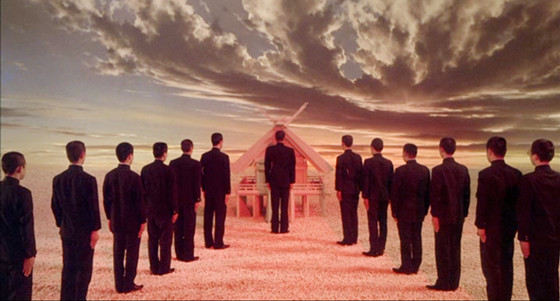
Paul Schrader was one of Scorsese’s key collaborators, writing the screenplays for Taxi Driver, Raging Bull, The Last Temptation of Christ and Bringing out the Dead. He is also a major director in his own right, his latest film, First Reformed, winning him an Oscar nomination for best Original Screenplay.
His undoubted masterpiece is Mishima: A Life In Four Chapters, an unconventional biopic depicting the life of legendary Japanese novelist Yukio Mishima. Combining both episodes of his life with dramatisations from his novels, it’s one of the rare examples of perfect cultural cross-pollination, both American and Japanese cinematic traditions combining to create something even greater.
Like his screenplays for Taxi Driver and Raging Bull, Mishima: A Life In Four Chapters tells the story of a man preparing to enact great violence, except this time the main character (played by Ken Ogata of Vengeance of Mine fame) attempts to overthrow the Japanese constitution in order to support the emperor. A unique yet endlessly fascinating film that truly displays how Schrader learned from working with Scorsese to become a great director in his own right.
3. As Tears Go By (Won Kar Wai, 1988)
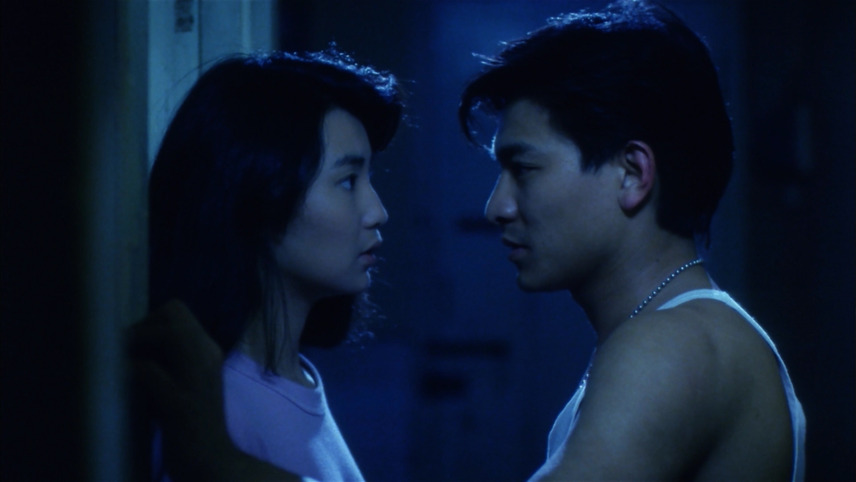
With a structure that directly evokes Scorsese’s breakout hit Mean Streets, As Tears Go By marked Hong Kong auteur Won Kar Wai’s directorial debut. The main plot elements are remarkably similar: a small-time gangster has to keep his volatile friend out of trouble.
It even shares similar stylistic elements, especially the use of luscious popular music from around the same time. Take for example the Cantonese version of Berlin’s “Take My Breath Away” used to score a pivotal scene, similar to the use of “Be My Baby” at the start of Mean Streets.
Nonetheless, it is still a Won Kar Wai movie, so the gangster story is quickly folded into a much more romantic vision, the beautiful Maggie Cheung playing a visiting cousin and love interest. Here Won Kar Wai repurposes the genre for his own ends, building upon Scorsese’s work to magnificent effect.
4. A Woman Under The Influence (John Cassavetes, 1974)
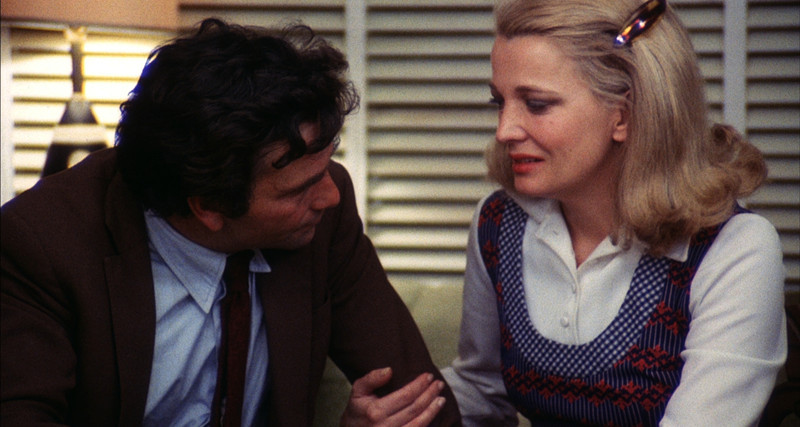
Without John Cassavetes, Martin Scorsese’s career may have been very different. After watching Boxcar Bertha, a fun yet oddly impersonal exploitation movie set during the Great Depression, Cassavetes bluntly told him: “you’ve just spent a whole year of your life making a piece of shit.
It’s a good picture, but you’re better than the people who make this kind of movie. Don’t get hooked into the exploitation market, just try and do something different.” Considering that Scorsese’s next movie was Mean Streets, his harsh but fair criticism seemed to have worked.
In honour of Cassavetes’ lesson, it’s worth putting one of his own films on the list. Perhaps one of the most significant independent directors in America during the 60s and 70s, his work, mostly featuring his wife Gena Rowlands, is psychologically piercing and emotionally lacerating.
His best work, A Woman Under The Influence, released in the same year as Alice Doesn’t Live Here Anymore, Scorsese’s only female fronted film to date, is a fascinating depiction of mental illness that doubles up as critique of masculine culture and what society deems as normal.
5. Boogie Nights (Paul Thomas Anderson, 1997)

When it comes to tracking shots and perfectly pairing visual and musical cues, Paul Thomas Anderson is the true heir to the work of Martin Scorsese. This is especially true in the case of Magnolia and Boogie Nights, both unwieldy dramas that owe more than a lot to the work of Martin Scorsese.
Boogie Nights in particular is basically Goodfellas, but charting the rise and fall of the porn industry instead of the Italian-American New York mafia. Yet its not just in structure that both films are similar. Whether it’s the similarity in long takes — like the Copacabana and Hot Traxx nightclub scenes — a quick arrangement of close-ups, the use of whip pans, or using popular tracks to inject urgency into a scene — “99 Luftballoons” in Boogie Night’s case and “What is Life” in Goodfellas’ — both films share similar stylistic tricks that make them such accessible and enjoyable classics. Thankfully, Paul Thomas Anderson brings a lot of his own personality as a director to the film, helping Boogie Nights to easily stand on its own two feet.